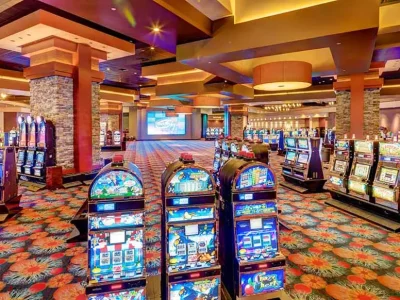Located at the heart of one of the world’s most iconic cities, 171 Broadway stands as a testament to history, architecture, and the resilience of a vibrant community. Situated in the bustling borough of Manhattan, New York City, this historic building has witnessed significant events and undergone various transformations over the centuries. As a revered landmark, 171 Broadway continues to capture the imagination of locals and visitors alike, showcasing the city’s diverse cultural heritage and its continuous march towards progress.
Early History
171 Broadway has a storied past that dates back to the early 19th century. Constructed in 1830, the building initially served as a commercial structure, housing various businesses and shops that catered to the growing population of New York City. Its strategic location near major thoroughfares and trading routes made it an essential hub for economic activities.
Architectural Significance
Architecturally, 171 Broadway stands as an excellent example of the Federal style of architecture, popular during the early 19th century. Characterized by its symmetry, grandeur, and delicate ornamentation, this style was a reflection of the nation’s desire to express a unified identity after gaining independence. The building’s elegant façade with tall windows, decorative cornices, and finely detailed entranceway showcases the attention to detail and craftsmanship of that era.
Key Historical Events
Over the years, 171 Broadway became intertwined with several key historical events that shaped the destiny of the United States. During the Civil War, the building served as a recruiting station for Union soldiers, underscoring its significance in rallying troops for the preservation of the Union. Additionally, in the aftermath of the tragic events of 9/11, the building played a role in relief efforts, demonstrating the resilience and community spirit of New Yorkers in the face of adversity.
Cultural Hub
As the years passed, 171 Broadway evolved into more than just a commercial space; it became a vibrant cultural hub that celebrated the city’s diversity. Throughout the late 19th and early 20th centuries, it hosted various artistic and literary gatherings, attracting prominent figures from the worlds of art, literature, and politics. These events contributed to the artistic and intellectual enrichment of the local community and fostered a spirit of creativity and innovation.
Adaptive Reuse
As the city’s urban landscape evolved, so did the purpose of 171 Broadway. With the decline of commercial activity in the area during the mid-20th century, the building underwent adaptive reuse to meet the changing needs of the city. It was repurposed into office spaces, accommodating various businesses and organizations, further contributing to the economic vitality of the area.
Preservation and Landmark Status
In recognition of its historical and architectural significance, 171 Broadway was designated as a landmark by the New York City Landmarks Preservation Commission in the 1980s. This designation offered legal protection against alteration or demolition, ensuring the preservation of its unique character for future generations to appreciate.
Present-day Significance
In the 21st century, 171 Broadway continues to serve as a reminder of New York City’s rich past and its dynamic present. Its historic facade stands in harmony with the modern skyline, encapsulating the city’s seamless blend of old-world charm and contemporary ambition. As a designated landmark, it remains a point of interest for both history enthusiasts and architecture aficionados who explore the city’s cultural heritage.
Conclusion
171 Broadway is more than just a physical structure; it represents the soul of a city that has seen centuries of growth, change, and resilience. From its origins as a commercial building to its status as a cultural and architectural landmark, the building has weathered the test of time. As it continues to stand tall amid the bustling streets of Manhattan, 171 Broadway serves as a living testament to the enduring spirit of New York City and its unwavering commitment to preserving its heritage for generations to come.















Comments